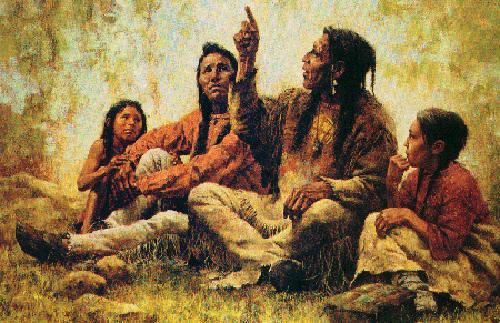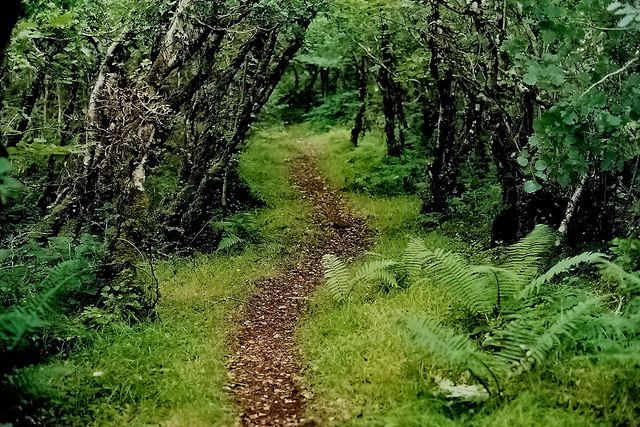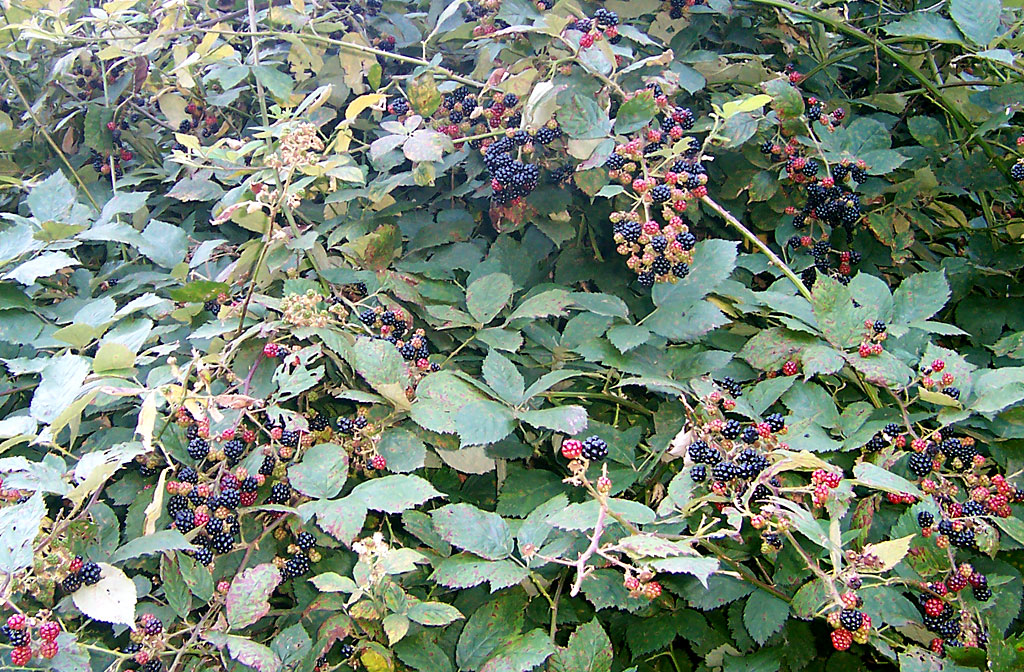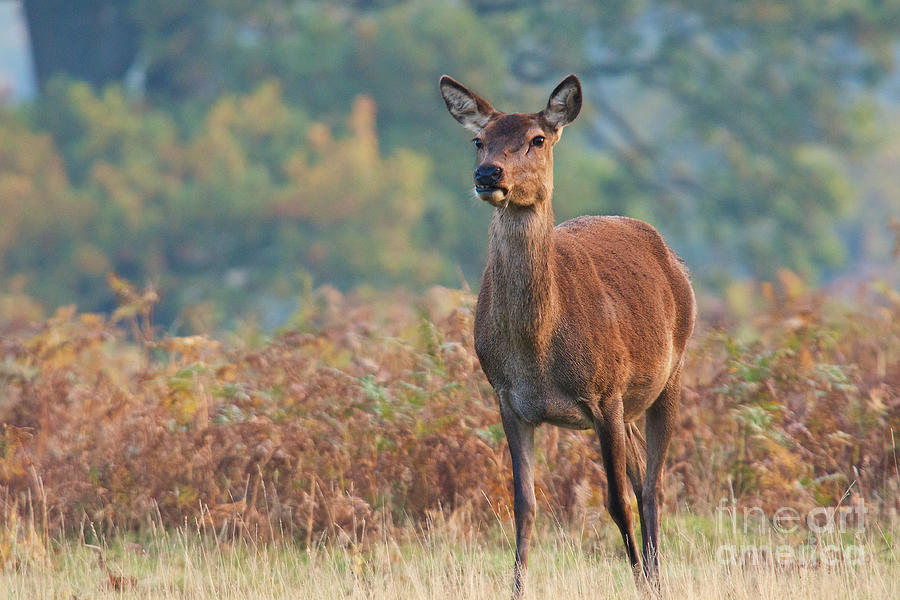Norms
My family or herd as we call it, is very involved with each other. We eat together every night and our elders share stories about our ancestry and how we came to be. Hippogriffs have many legends pertaining to our existence and the stories have been passed down from generation to generation and will continue to be passed on for hundreds of years.
When children or foals as we call them are born, my herd immediately begins to teach them about our language and our everyday life. They are never treated as if they are too young to learn.
In my culture it is not unusual for us to have many different mates. We breed in order to make our kind better and to expand our population.
Our herd is very big on protection. We not only protect our kind but others as well. Every night someone from our family stands guard to protect the way we live, our family, and other creatures around us. We each take turns with this important job.
The elders are the only form of government and law that we really have. Anything they tell us o do must be followed however the elders respect the herd enough that their power is never abused.
Values
Our herd takes great pride in where we come from we don't worship our ancestors however we do show them great respect. The elders in my herd are treated with as much respect as we treat our ancestors memories. They are very high in power and their wishes much be respected.
Hippogriffs take great pride in our language. Our language is very unique because it takes both sides of our ancestry -horses and eagles- and combines them to form our way of communication. We value our offspring to learn our language quickly but correctly.
My kind worships the forest as well as the sky because the forest provides us with shelter and protection and the sky gives us freedom; it opens our eyes to so many possibilities. We take great care of our home and make an great effort to protect our forest from harm. Anything in the forest or in the sky will be under our protection.
Hippogriffs also value kindness. We see no point in being hurtful to other creatures because it just causes tension and takes us away from our real purpose in life.
Worldview
Since Hippogriffs can fly and walk on land we view the world in many different ways. Instead of seeing only one side of things we can view all aspects of the world either from the ground or from the sky. We believe that we all have a purpose and are put here for a reason. We are kind to all creatures and make an effort to make the world that we live in a better place.
Symbols

http://rastaheadwraps.com/images/knowledgeispowerlicenseplateweb.jpg

http://www.catholicvote.org/wp-content/uploads/2014/02/polygamy12.jpg

http://www.legendsofamerica.com/photos-nativeamerican/CherokeeCreationStory.jpg


http://www.nhdfl.org/uploads/NHB%20photos/book_0079a.jpghttp://thegirlbythesea.com/wp-content/uploads/2010/03/prairie-sky-2.jpg
Classification of Reality
We see the world as having a lack of kindness. We strive to make our part of our world as kind as possible along with protecting our kind. As a result of living this way for so long we now tend to block out any kind of harsh living or confrontations.
Another way we view the world is that we are here for a purpose however we do not believe in a God. We do not believe in a higher power or a creator or anything similar to that.


















